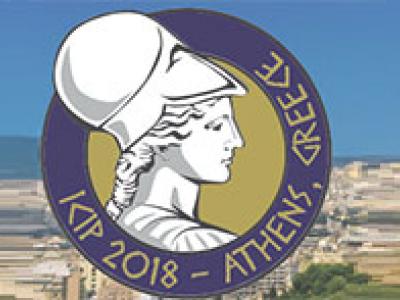Documents
Presentation Slides
UAV CINEMATOGRAPHY CONSTRAINTS IMPOSED BY VISUAL TARGET TRACKING

- Citation Author(s):
- Submitted by:
- Ioannis Mademlis
- Last updated:
- 5 October 2018 - 4:06am
- Document Type:
- Presentation Slides
- Event:
- Paper Code:
- 1204
- Categories:
- Log in to post comments
Camera-equipped drones have recently revolutionized aerial cinematography, allowing easy acquisition of impressive footage. Although they are currently manually operated, autonomous functionalities based on machine learning and computer vision are becoming popular. However, the emerging area of autonomous UAV filming has to face several challenges, especially when visually tracking fast and unpredictably moving targets. In the latter case, an important issue is how to determine the shot types that are achievable without risking failure of the 2D visual tracker. This paper studies the constraints imposed to cinematography decision-making during autonomous UAV shooting. It focuses on formalizing and geometrically modelling common target-following UAV motion types, in order to analytically determine the maximum permissible camera focal length (therefore, the range of feasible shot types) for avoiding visual target tracking failure.

